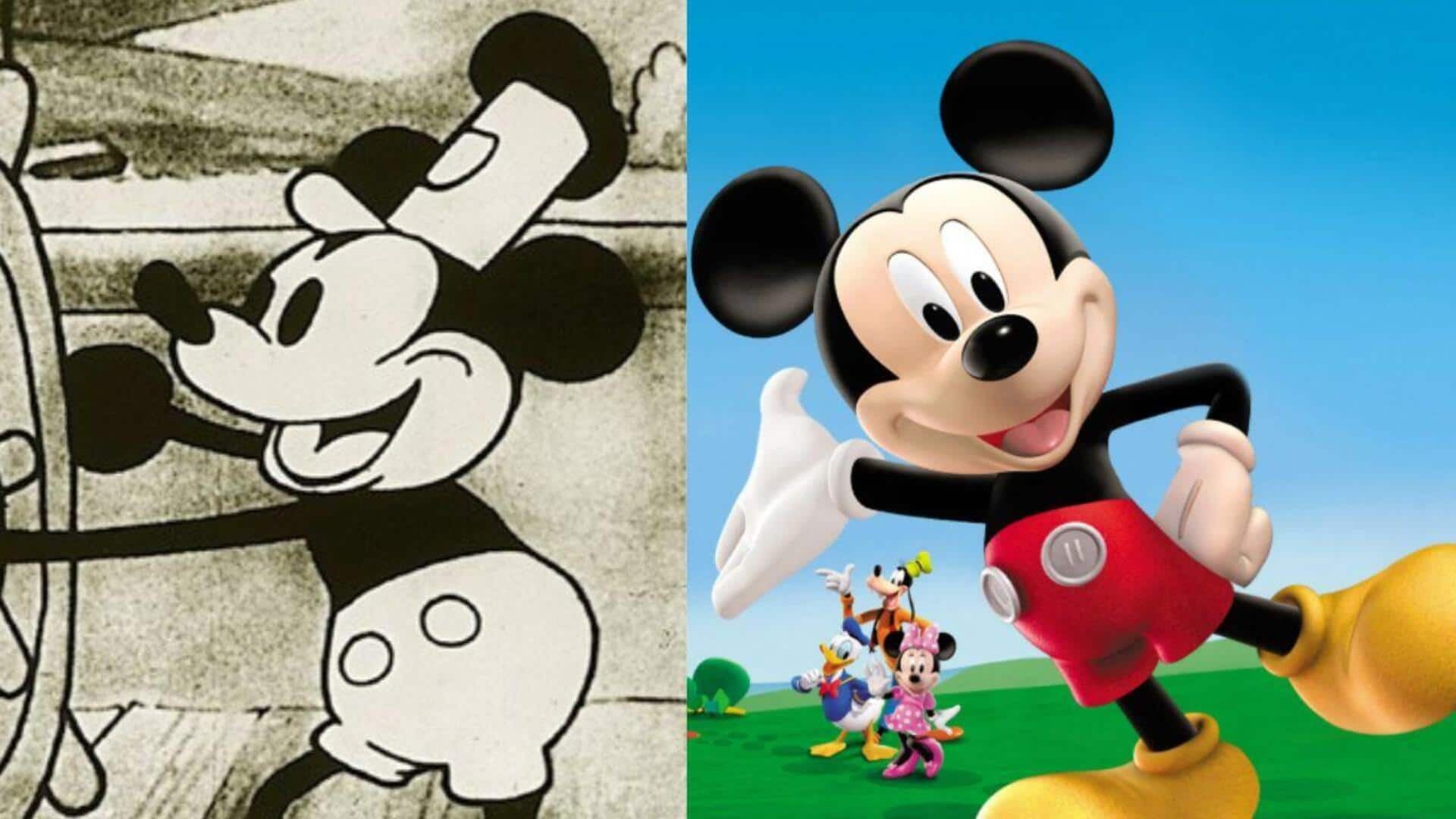
The story behind America's animation powerhouses
What's the story
From the early days of hand-drawn frames to today's digital masterpieces, US animation studios have been at the forefront of innovation and creativity. These studios have not only redefined storytelling but also set the standard for animation worldwide. Their evolution mirrors technological advancements and changing audience preferences, making them pivotal players in the global film industry. Here's a look at how these studios evolved over the decades.
Early days
The birth of animation
The history of US animation studios dates back to the early 1900s, with pioneers like Winsor McCay and his groundbreaking work, Gertie the Dinosaur. This era saw the birth of animated storytelling, albeit with limited technology. The first full-length animated feature, Snow White and the Seven Dwarfs, released by Disney in 1937, proved that animation could be commercially viable and artistically profound.
Innovation
Technological advancements
The 1980s and 1990s marked a turning point in animation technology with the introduction of computer-generated imagery (CGI). Pixar led this revolution with films like Toy Story, which showcased the potential of CGI in creating detailed and expressive characters. Today, studios use advanced software to create stunning visuals that were once thought impossible.
Global reach
Expanding global influence
US animation studios have expanded their influence across borders by collaborating with international partners and adapting content for global audiences. Disney's acquisition of foreign properties and partnerships has further cemented its global presence. This strategy not only broadens their market reach but also enriches their storytelling with diverse cultural perspectives.
Cultural impact
Embracing diversity in storytelling
Modern US animation studios are increasingly focusing on diverse narratives that resonate with a broader audience. Films like Moana and Black Panther highlight cultural stories that celebrate diversity while remaining universally appealing. This shift not only reflects societal changes but also contributes to a richer tapestry of global cinema.
Looking ahead
Future trends in animation
As technology continues to evolve, so does the future of animation. Virtual reality (VR) and augmented reality (AR) are emerging as new frontiers for storytelling experiences. US animation studios are at the forefront of exploring these technologies, promising exciting developments for audiences worldwide.